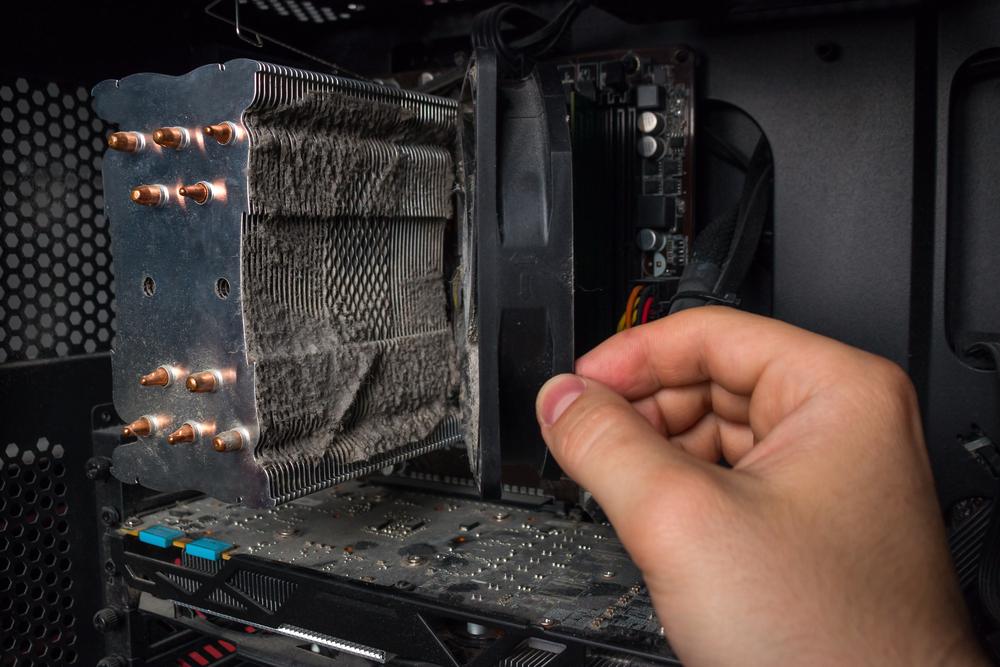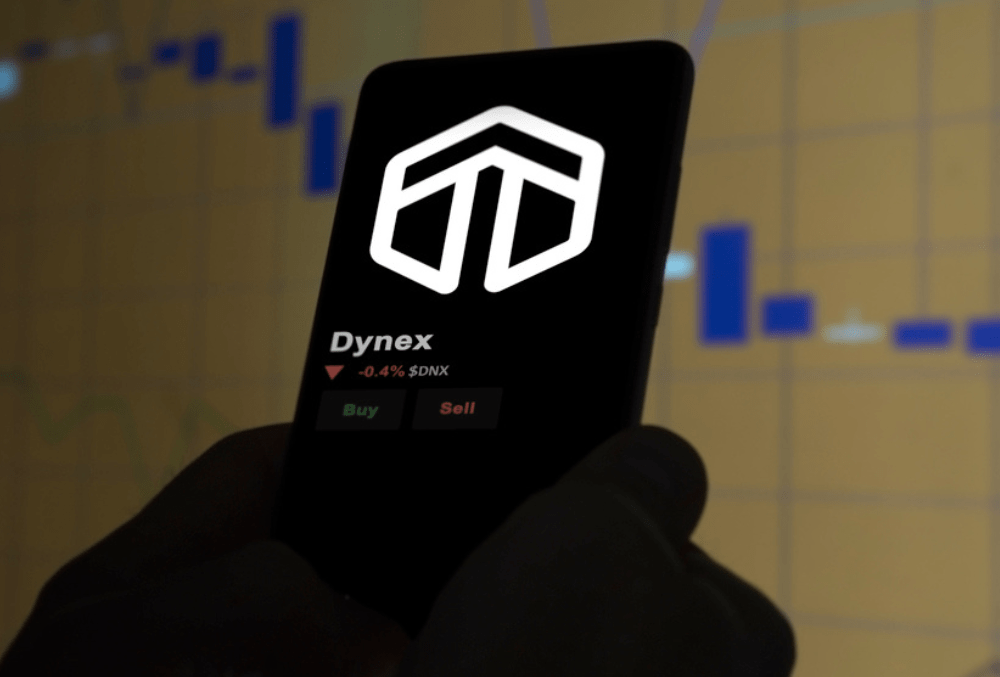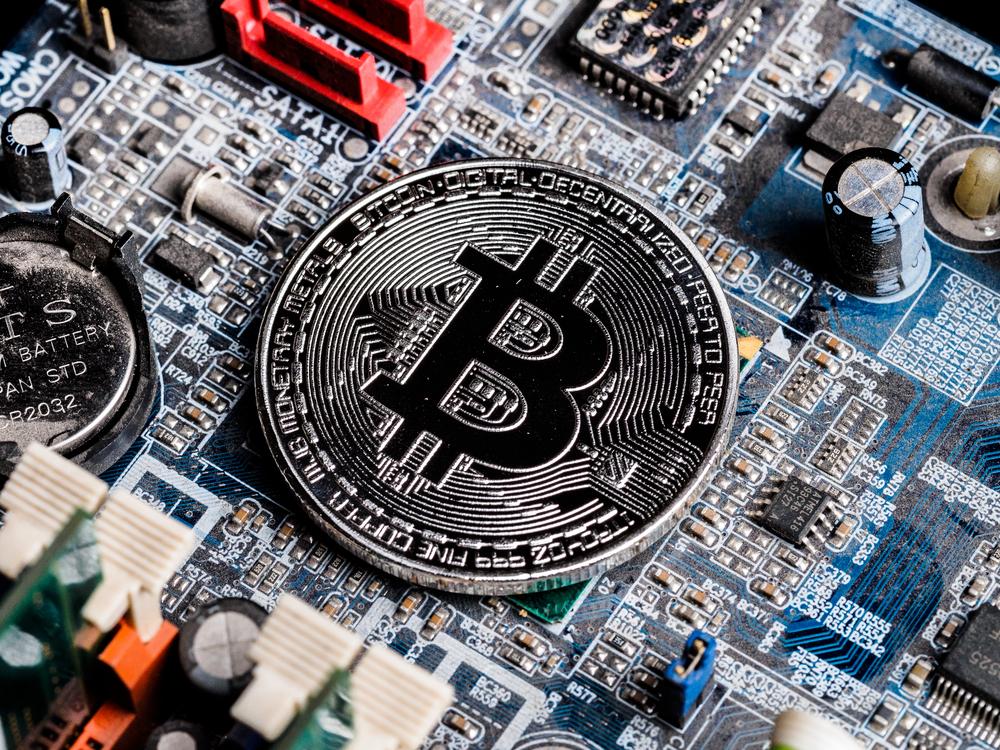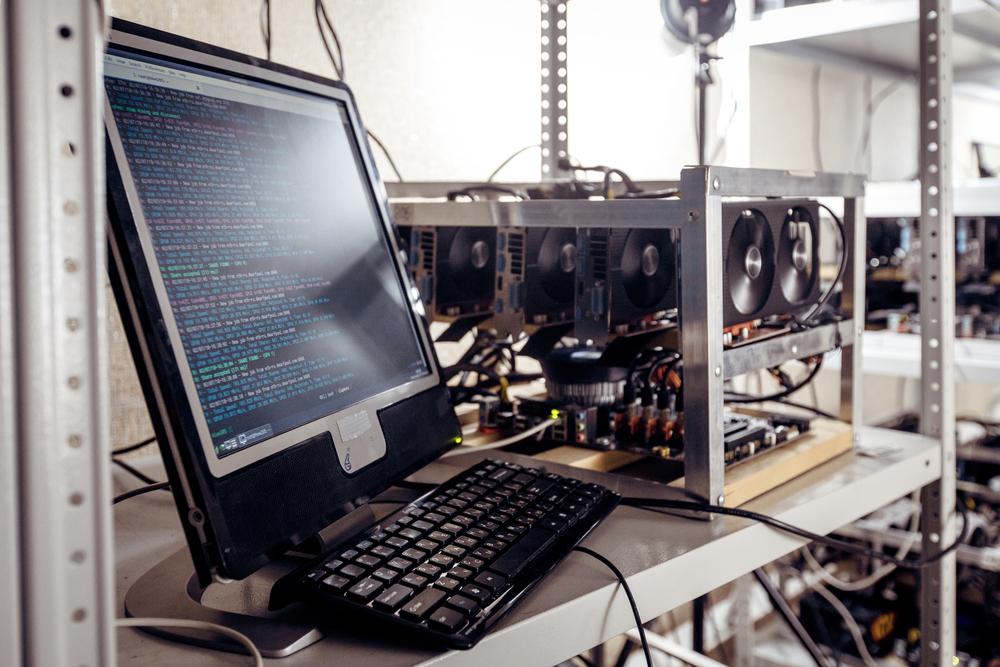Cryptocurrencies have revolutionized the financial landscape, offering decentralized and transparent alternatives to traditional systems. One aspect that distinguishes different cryptocurrencies is their distribution method. In this comprehensive guide, we will explore the concept of pre-mined cryptocurrencies, shedding light on what they are, how they differ from other cryptocurrencies, and their implications for miners. Whether you’re a seasoned miner or just starting your journey into the world of crypto, understanding pre-mined cryptocurrencies is crucial. So, let’s dive in and unravel the mysteries surrounding pre-mined cryptocurrencies!
Defining Pre-Mined Cryptocurrencies
A pre-mined cryptocurrency is a type of digital currency where a certain amount of coins or tokens is created and allocated to specific addresses or entities before the public launch of the cryptocurrency. Unlike traditional cryptocurrencies that distribute coins through mining, pre-mined cryptocurrencies already have a set supply available from the start.
What is Pre-Mining?
Pre-mining is the act of mining or creating a quantity of cryptocurrency tokens or coins before the cryptocurrency is launched to the public. Pre-mining is usually done by the developers or founders of the cryptocurrency project, who reserve a portion of the total supply of coins for themselves or for other purposes.
Pre-mining can be done for various reasons, such as:
- Funding: Pre-mining can be a way to raise funds for the development and marketing of the cryptocurrency project, especially before an initial coin offering (ICO) or a token sale. The pre-mined coins can be sold or distributed to investors, supporters, or partners who contribute to the project.
- Rewarding: Pre-mining can be a way to reward the team and community behind the cryptocurrency project, who dedicate their time and effort to create and maintain the technology. The pre-mined coins can be given or allocated to the founders, developers, advisors, testers, or early adopters of the project.
- Incentivizing: Pre-mining can be a way to incentivize the adoption and usage of the cryptocurrency network, by creating a demand and supply for the coins. The pre-mined coins can be used or allocated for various purposes, such as governance, staking, burning, airdropping, or charity.
Reasons for Pre-Mining
The decision to pre-mine a cryptocurrency can stem from various motivations. Here are some common reasons behind pre-mining:
- Fundraising and Development: Pre-mining allows cryptocurrency projects to generate funds for development, marketing, and operational expenses. By allocating a portion of the coins to the project team or early investors, they can secure financial resources necessary for the cryptocurrency’s growth.
- Network Bootstrapping: Pre-mining can help kickstart a network by providing initial liquidity and incentivizing participation. By having a supply of coins readily available, the cryptocurrency can be traded and used from the moment it launches, attracting users and fostering adoption.
- Governance and Stewardship: Pre-mining can empower the project team or founders with a stake in the cryptocurrency, allowing them to participate in decision-making processes and steer the project’s direction. This can ensure continuity and facilitate ongoing development and support.
Implications for Miners
For miners, pre-mined cryptocurrencies present unique considerations and potential challenges. Here are some implications to be aware of:
- Reduced Mining Opportunities: Since a significant portion of the coins are already in circulation, there may be fewer mining opportunities compared to cryptocurrencies that rely solely on mining for distribution. Miners may need to adapt their strategies or explore alternative mining options.
- Increased Dependency on Trading: Pre-mined cryptocurrencies often rely on trading and market demand to establish value. As a miner, you may need to pay closer attention to market dynamics and trading volumes to assess the profitability and viability of mining a pre-mined cryptocurrency.
- Centralized Ownership: Depending on the distribution model, pre-mined cryptocurrencies can be susceptible to centralization of ownership. The concentration of coins in the hands of a few entities or individuals may affect governance and decentralization ideals typically associated with cryptocurrencies.
How Does Pre-Mining Work?
Pre-mining works by creating and distributing a certain amount of coins before the cryptocurrency network is open to the public or other miners. The amount and method of pre-mining vary depending on the cryptocurrency project and its consensus mechanism.
Some cryptocurrencies use a proof-of-work (PoW) consensus mechanism, which requires miners to compete for finding valid blocks and earning rewards. In this case, pre-mining can be done by:
- Mining privately: The developers can mine blocks on their own private network before launching it to the public. This way, they can create and accumulate coins without any competition from other miners.
- Mining with low difficulty: The developers can mine blocks on a public network with a very low difficulty level before adjusting it to a higher level. This way, they can create and accumulate coins with minimal effort and cost.
- Mining with an advantage: The developers can mine blocks on a public network with an advantage over other miners, such as having access to more powerful hardware, software, or information. This way, they can create and accumulate coins faster and easier than other miners.
Some cryptocurrencies use a proof-of-stake (PoS) consensus mechanism, which requires validators to stake their coins to participate in the network and earn rewards. In this case, pre-mining can be done by:
- Creating genesis block: The developers can create the first block of the blockchain, also known as the genesis block, which contains a certain amount of coins that are distributed to predefined addresses or wallets. This way, they can create and allocate coins without any mining or staking involved.
- Creating smart contracts: The developers can create smart contracts on the blockchain that generate or distribute coins according to certain rules or conditions. This way, they can create and allocate coins without any mining or staking involved.
Why Does Pre-Mining Matter?
Pre-mining matters because it can have significant implications for the security, fairness, and value of a cryptocurrency network and its users.
- Security: Pre-mining can affect the security of a cryptocurrency network by influencing its decentralization and resilience. If too many coins are pre-mined by a few entities, it can create a concentration of power and wealth that can compromise the network’s governance and consensus. It can also make the network more vulnerable to attacks or manipulation by malicious actors who may try to acquire or control a large portion of the pre-mined coins.
- Fairness: Pre-mining can affect the fairness of a cryptocurrency network by influencing its distribution and accessibility. If too many coins are pre-mined by a few entities, it can create an imbalance of opportunity and reward that can disadvantage the network’s users and miners. It can also create a lack of transparency and accountability that can undermine the network’s trust and credibility.
- Value: Pre-mining can affect the value of a cryptocurrency network by influencing its supply and demand. If too many coins are pre-mined by a few entities, it can create an inflation or deflation of the coin’s price and volatility that can affect the network’s stability and profitability. It can also create a speculation or manipulation of the coin’s market and perception that can affect the network’s adoption and growth.
Benefits and Criticisms
Pre-mined cryptocurrencies have their share of benefits and criticisms. Let’s explore both perspectives:
Benefits of Pre-Mined Cryptocurrencies
- Faster Network Launch: Pre-mining allows for a quick network launch, enabling users to transact and interact with the cryptocurrency from the outset.
- Fundraising for Development: Pre-mining provides a means of generating funds for ongoing development and operational expenses, ensuring the cryptocurrency’s growth and sustainability.
- Incentives for Early Adoption: By allocating a portion of coins to early participants, pre-mining encourages early adoption and stimulates initial interest in the cryptocurrency.
Criticisms of Pre-Mined Cryptocurrencies
- Centralization Concerns: Pre-mining can concentrate a significant amount of coins in the hands of a few entities, raising concerns about centralization and potential control over the network.
- Unequal Distribution: Depending on the pre-mining allocation, the distribution of coins may be perceived as unfair, favoring early participants or project insiders.
- Trust and Transparency: The transparency and credibility of pre-mining practices can be subject to scrutiny, requiring open communication and accountability from the project team.
Popular Pre-Mined Cryptocurrencies
Several well-known cryptocurrencies have employed pre-mining as part of their distribution strategy. Some examples include:
- NEM (XEM): NEM also utilized pre-mining to create its initial supply. The NEM Foundation, responsible for developing and promoting NEM, received a portion of the pre-mined coins.
- Ripple (XRP): Ripple is a cryptocurrency and a payment network that aims to facilitate cross-border transactions and remittances. Ripple is fully pre-mined, with a total supply of 100 billion XRP tokens that were created at its inception. About 80% of the tokens were allocated to Ripple Labs, the company behind the project, while 20% were distributed to the founders and early investors. Ripple Labs has been gradually releasing its tokens to the market through scheduled sales or donations.
- Cardano (ADA): Cardano is a cryptocurrency and a smart contract platform that aims to provide scalability, interoperability, and sustainability. Cardano is partially pre-mined, with a total supply of 45 billion ADA tokens that were created at its inception. About 26 billion tokens were allocated to IOHK, Emurgo, and Cardano Foundation, the entities behind the project, while 19 billion tokens were sold to investors through an ICO.
- Stellar (XLM): Stellar is a cryptocurrency and a payment network that aims to enable low-cost and inclusive financial services. Stellar is partially pre-mined, with a total supply of 50 billion XLM tokens that were created at its inception. About 20% of the tokens were distributed to early backers of the project, while 80% were reserved for distribution to the public through various programs, such as giveaways, partnerships, or grants.
- EOS (EOS): EOS is a cryptocurrency and a smart contract platform that aims to provide scalability, usability, and governance. EOS is partially pre-mined, with a total supply of 1 billion EOS tokens that were created at its inception. About 10% of the tokens were allocated to Block.one, the company behind the project, while 90% were sold to investors through an ICO.
- NEO (NEO): NEO is a cryptocurrency and a smart contract platform that aims to provide digital identity, digital assets, and smart economy. NEO is fully pre-mined, with a total supply of 100 million NEO tokens that were created at its inception. About 50% of the tokens were allocated to NEO Foundation, the entity behind the project, while 50% were sold to investors through an ICO.
Frequently Asked Questions
A pre-mined cryptocurrency is a digital currency where a certain amount of coins or tokens is created and allocated to specific addresses or entities before the public launch.
Pre-mining can impact the value and distribution of a cryptocurrency by influencing initial liquidity, controlling ownership distribution, and shaping market dynamics.
Not all pre-mined cryptocurrencies are centralized. The degree of decentralization depends on factors such as the distribution model, governance mechanisms, and network consensus.
Miners can still participate in pre-mined cryptocurrencies, but the mining opportunities and dynamics may differ from those of traditional cryptocurrencies. It’s important to understand the specific characteristics of each pre-mined cryptocurrency.
The trustworthiness of a pre-mined cryptocurrency depends on various factors, including the transparency of the pre-mining process, the project’s reputation, and the decentralized nature of the network.
Conclusion
Understanding pre-mined cryptocurrencies is essential for miners looking to explore various opportunities in the crypto space. By grasping the concept of pre-mining, recognizing its implications, and evaluating the benefits and criticisms, you can make informed decisions about participating in and mining pre-mined cryptocurrencies. Stay informed, stay curious, and continue your mining journey with a broader perspective.




















